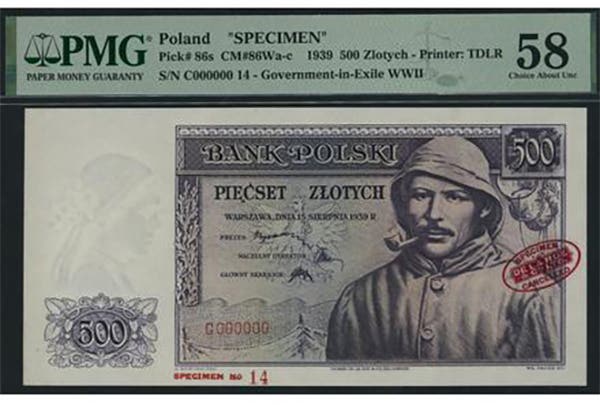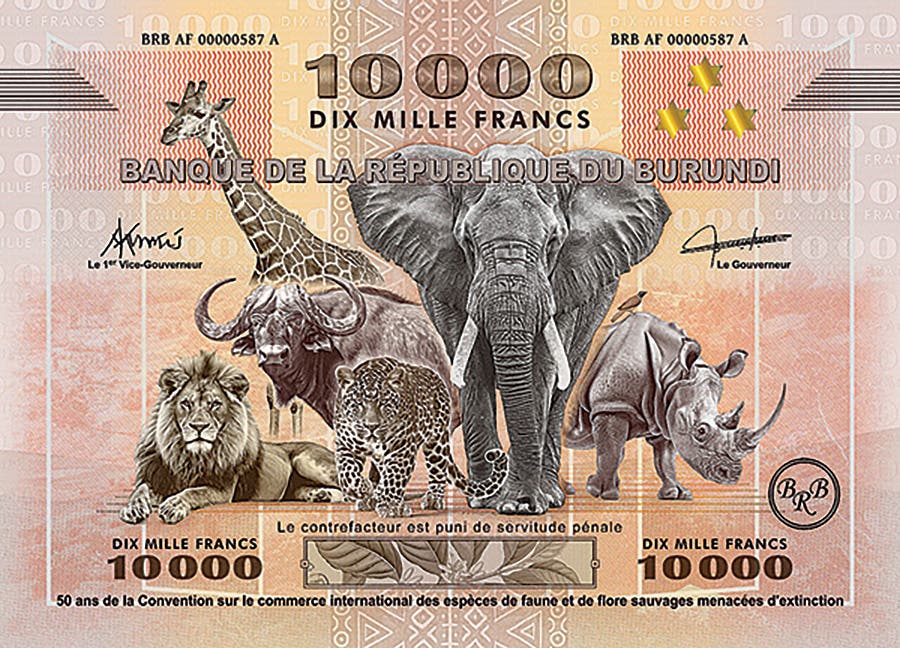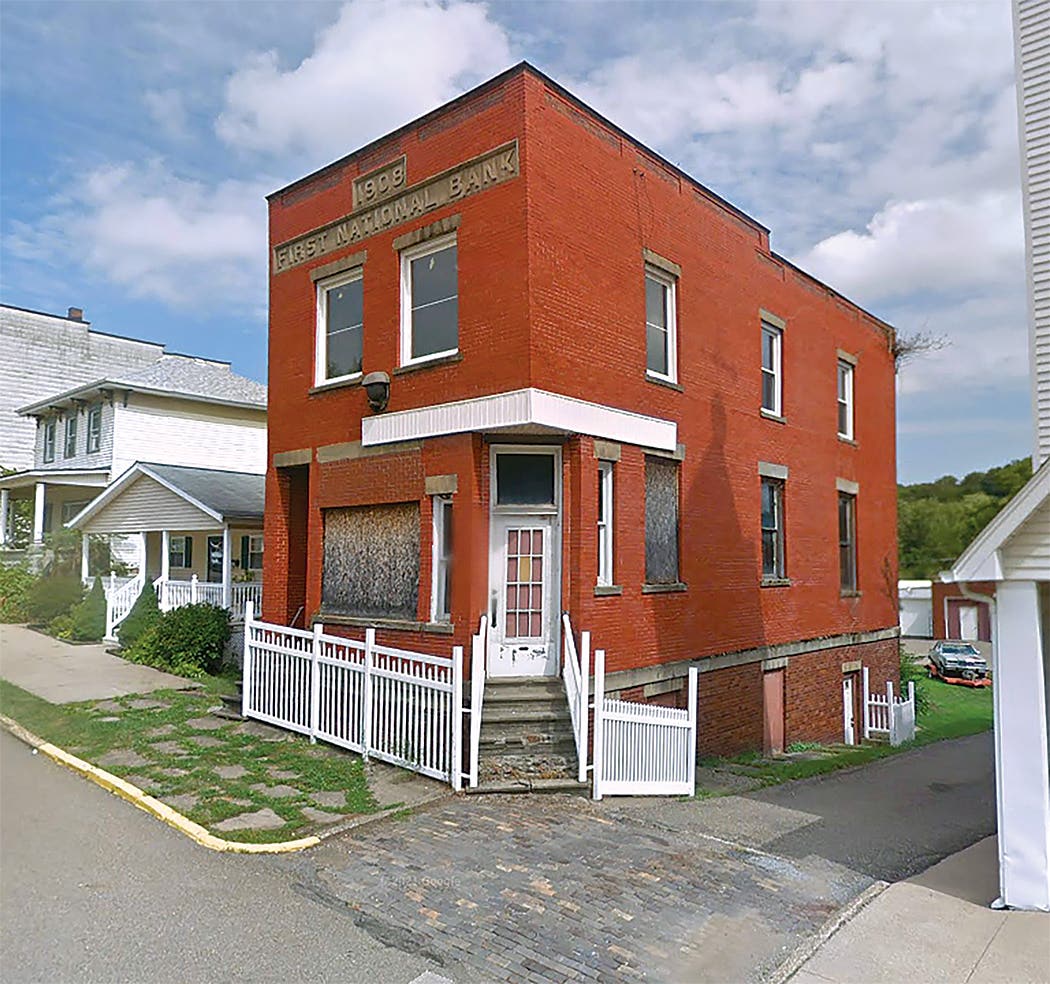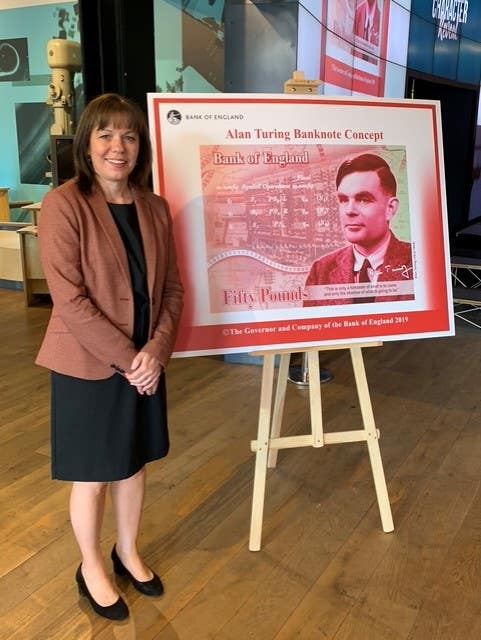Philippine Currency Problems
Issues with counterfeit coins and bank notes have been a problem in the past for the Philippines, but now the problem of false 150-peso bank notes circulating social media is creating more issues for the country.
If the Philippines had issued all the coin and bank note denominations that have been likely purposely posted to social media the island nation’s currency system would be quite confusing. In fact, there is a lot of fake news regarding coins and bank notes of the Philippines in cyberspace.
There are counterfeit bank notes and coins as well. Anyone caught counterfeiting Philippine currency will receive a sentence of a minimum of 12 years and one day, accompanied by a maximum fine of 2 million pesos. The Bangko Sentral ng Pilipinas or Philippine Central Bank would like to add severe penalties to this for hoarding much needed coins, but at the time this article was being written such a law was only in its proposal stage. Anyone defacing, mutilating, burning, or destroying can be imprisoned for up to five years and fined 20,000 pesos.
Coin shortages, blamed on hoarding, has become a problem for the Philippines. In 2021 BSP Governor Benjamin E. Diokno announced 50 million in value in peso coins were seized “due to unexplained accumulation, and possible connection with illegal activities.”
Between October 2021 and September 2022, the central bank defaced 21 tons of counterfeit coins, this representing four percent of all the coinage defaced as being unfit or for having been demonetized. The BSP destroys bank notes and coins found to be unfit, mutilated, demonetized, or counterfeit under Republic Act No. 7653, as amended by RA 11211.
The latest fiasco regards a supposed 150-peso bank note on which a vignette of Dr. Jose Rizal appears that has been posted online. On February 2 the BSP released a statement reading, “Images of the said bank note circulating on social media are fictitious.”
Social media hasn’t stopped there. There have been recent claims of new 150-peso, 500-peso and 5,000-peso bank notes as well as a 100-peso coin, none of which exist. Philippine bank notes are officially issued in denominations of 20, 50, 100, 200, 500, and 1000 pesos. Coins are issued denominations of 1,5,10, and 20 pesos and 1,5,10, and 25 sentimo. There are 100 sentimo in one peso. Coins and bank notes are primarily produced at the BSP Security Plant Complex.
In an attempt to handle the confusing fictional currency situation as well as the physical cash shortage the central bank has re-launched its Clean Note and Coin Policy or Paleng-QR Ph Plus and the Coin Recirculation Program accompanied by its Piso Caravan a currency exchange program to promote digital payments and to remove unfit coins from circulation. The stated mission of the program is to offer “the opportunity to conveniently replace their unfit currency with fresh banknotes and coins, as well as digital cash.”
The coins, bank notes, and digital cash caravan began in Tagbilaran City in January, moving on to Naga City in February. Immediate plans include the caravan moving on to Lapu-Lapu City in Cebu. Other cities in which the caravan is planned to appear include Baguio, Davao, and Tagbilaran.
The central bank and Department of the Interior and Local Government started Paleng-QR in June 2022. An aim is to market to vendors and tricycle drivers via the digital platform using the QR technology as well as to promote account ownership using QR Ph. E-money wallet providers GCash and Maya, and crypto currency provider Coins.ph are involved in the program.
The BSP has been helping local governments to expand digital payment acceptance, part of its objective to migrate 50 percent of all payment transactions into digital form during 2023. As of end-2021, about 30.1 percent of transactions were already digital.
The BSP has incorporated the advocacy to exchange cash to e-money in its Paleng-QR Ph program.








